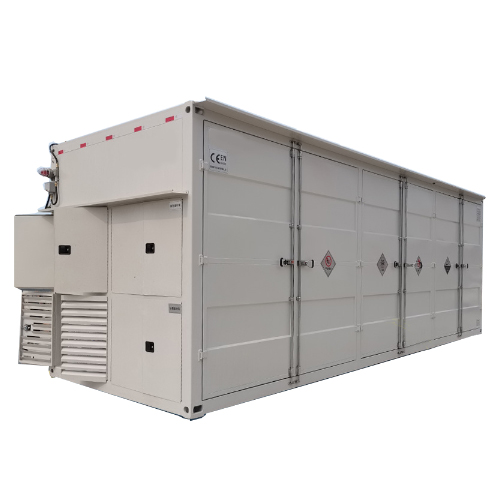Table of Contents
Chemical Storage Building Requirements: Essential Guidelines for Safe Storage
As a chemical storage facility consultant with over 15 years of experience working with manufacturing facilities across the world, I understand the critical importance of proper chemical storage building requirements. This comprehensive guide will help facility managers and safety officers ensure their chemical storage buildings meet all necessary regulations and best practices.
Understanding Basic Chemical Storage Building Requirements
Chemical storage buildings must meet strict requirements set by various regulatory bodies, including OSHA, EPA, and local building codes. These requirements ensure the safety of workers, protect the environment, and prevent potential disasters.
Location and Site Planning
The first consideration for any chemical storage building is its location. Key requirements include:
- Minimum 50-foot distance from other buildings or facilities
- Easy access for emergency vehicles
- Well-drained, level ground
- Away from water sources and environmentally sensitive areas
- Protected from potential flood zones
- Adequate ventilation space around the structure
Structural Requirements
Chemical storage buildings must be constructed to specific standards:
- Fire-resistant construction materials
- Reinforced concrete floors with chemical-resistant coating
- Secondary containment systems capable of holding 110% of the largest container
- Non-combustible walls and roof
- Explosion-relief panels where required
- Temperature-controlled environment when storing temperature-sensitive chemicals
Ventilation Systems
Proper ventilation is crucial for chemical storage facilities:
- Mechanical ventilation system providing 6 air changes per hour
- Explosion-proof electrical fixtures and fans
- Separate ventilation zones for incompatible materials
- Emergency ventilation shutdown capabilities
- Regular maintenance and testing protocols
Safety and Security Features
Fire Protection
Every chemical storage building must include:
- Appropriate fire suppression systems (sprinklers, foam systems, or dry chemical systems)
- Fire detection systems with both heat and smoke sensors
- Fire-rated doors and walls
- Multiple emergency exits
- Clearly marked evacuation routes
Security Measures
Security requirements include:
- Access control systems
- Security cameras and monitoring
- Fencing around the facility
- Proper lighting
- Inventory tracking systems
- Emergency communication systems
Regulatory Compliance
OSHA Requirements
Chemical storage buildings must comply with OSHA standards:
- Proper labeling and signage
- Safety Data Sheets (SDS) readily available
- Personal protective equipment storage
- Emergency eyewash stations and safety showers
- Proper chemical segregation
- Regular employee training
Environmental Protection
EPA requirements mandate:
- Spill prevention and control measures
- Proper waste handling procedures
- Environmental monitoring systems
- Regular inspections and documentation
- Emergency response plans
Best Practices for Chemical Storage
Chemical Segregation
Proper chemical segregation is essential:
- Separate incompatible materials
- Use appropriate storage cabinets
- Maintain proper spacing between different chemical classes
- Clear labeling and identification systems
- Regular inventory management
Maintenance and Inspections
Regular maintenance requirements include:
- Weekly visual inspections
- Monthly equipment testing
- Quarterly thorough facility inspections
- Annual third-party compliance audits
- Documentation of all inspections and maintenance
Emergency Preparedness
Emergency Response Planning
Every chemical storage facility must have:
- Written emergency response procedures
- Evacuation plans
- Emergency contact information
- Coordination with local emergency responders
- Regular emergency drills and training
Spill Response
Requirements for spill response include:
- Spill control equipment readily available
- Trained response team
- Proper personal protective equipment
- Decontamination procedures
- Incident reporting protocols
Conclusion
Meeting chemical storage building requirements is crucial for safety, compliance, and risk management. Regular updates to procedures, continuous training, and staying current with changing regulations are essential for maintaining a safe and compliant chemical storage facility.
Remember that requirements may vary by location, type of chemicals stored, and quantity of materials. Always consult with local authorities and qualified professionals when designing or modifying chemical storage facilities.
For specific requirements in your area or for particular chemicals, contact your local fire marshal or environmental protection agency. Stay safe and compliant!




